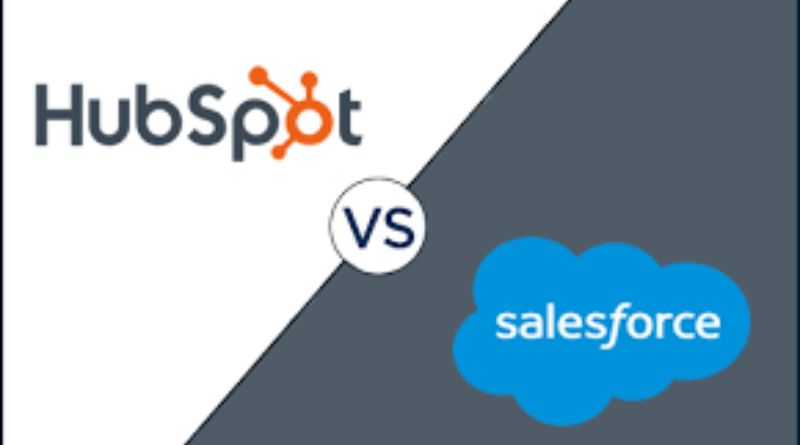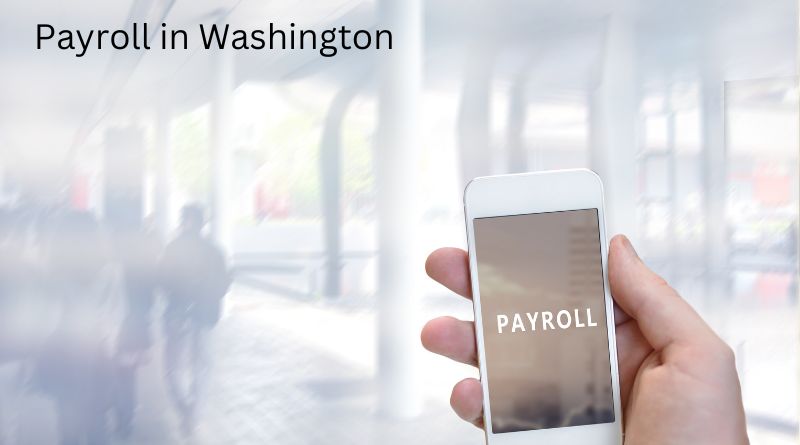When you’re looking to buy commercial real estate, there are many factors to consider. How much can you afford? Are there certain characteristics that are most important to you? Do you want to buy the property as an investment or use it for your own business? Leasing commercial real estate, on the other hand, comes with its own benefits and trade-offs. Read on to learn more about each of these options and how they could work for you.
3 Things to Consider Before Investing in Real Estate
1. What kind of real estate are you looking to invest in?
2. How long do you want your property to last?
3. How much can you spend on a monthly rent payment or home purchase?
Consider how long you plan on being invested and what kind of asset it is before deciding whether buying is best for you, as that will play a big role in determining which type of real estate investment is best for you. For example, residential properties typically have 30-year loans, so it would be ill-advised to buy one if you were only going to live there temporarily. The decision depends largely on your future plans, as well as how comfortable with risk each individual is when making an investment decision. These two factors will help determine which option is most beneficial for you. However, there are plenty of considerations involved in any decision like this. In order to make sure you’re choosing the right option for you, start by considering these questions: Do I need to diversify my investments? Am I looking for rental income from my investments? Will I stay at my current job for more than 5 years? Do I need cash flow immediately after purchasing my property?
4Questions to Ask Yourself Before Investing in Any Property
If you are considering investing in commercial real estate, there are a few questions you need to answer first:
1. What size space do I need?
2. How long will I need it for?
3. Do I have cash on hand? If not, can I borrow it from somewhere else like a family member or investment partner? 4. s the rent going to cover that loan payment and then some each month, including maintenance costs and taxes?
How To Know if This is the Right Time For You
Commercial real estate investment is often seen as a means to generate income. The decision on whether or not you should buy or lease commercial property will depend on factors such as your goals, debt level, and income. Before making this important decision, there are a few questions to answer:
1) How can your purchase/lease help you achieve your personal and professional goals?
2) Do you have enough money in savings to cover the down payment and move-in costs?
3) Is your personal credit score high enough to get favorable financing terms from a bank or lender?
4) What type of property are you considering – land, multi-family, single-family residential, or retail space?
4 Steps To Take If You’re Thinking About Investing In Commercial Real Estate
#1 Learn about commercial real estate. We know it sounds complicated, but there are books, videos and other educational materials out there to get you started! Be sure to research this topic before you take the leap.
#2 Have a clear plan. Sit down and think through what your ideal business would look like in this space. This can help you make an informed decision when it comes time to apply for space or negotiate with landlords.
#3 Find qualified advisors. Find out who has experience investing in commercial property and ask them for advice on where to start. It may also be helpful to find a lender that specializes in these types of investments so they can guide you through the lending process. Your broker should be able to provide guidance here as well.
#4 Check potential risks. Research potential risks associated with owning commercial property, such as tenant leases that may go into foreclosure, fire damage or natural disasters. Again, qualified advisors will have done their homework so don’t worry too much about doing all of this yourself – just ask for help!
Things To Remember When Investing In A Multi-Family Property
Regardless of whether you’re buying or leasing commercial real estate, make sure you thoroughly vet your potential purchase. For example, you may need to hire an architect to verify that there are no structural issues. Also, in leasing properties, be sure to research any tenant-protection clauses that could affect your ability to exercise control over day-to-day management. Additionally, consider if either property will help you build equity (as in owning) or save money (as in leasing). Remember that in some instances renting could be more cost-effective than investing in a property. And when comparing costs of both buying and leasing commercial real estate always account for closing fees, property taxes, and lease costs (think back rent).
09 Reasons Why The Commercial Industrial Market Is Currently Booming
1. Investors in commercial real estate are able to put their money into assets that traditionally provide low-risk returns and better liquidity than other traditional investments such as stocks or bonds.
2. Potential decreases in the amount of leverage utilized by financial institutions, which has allowed more debt to flow into commercial real estate
3. An improving economy
4. Shortage of available investment grade properties and declining cap rates, meaning higher returns on investment (ROI) can be achieved through investing in commercial real estate
5. Limited access to bank financing due to stricter lending guidelines set forth by the Dodd-Frank Wall Street Reform Act
5. Increased demand from a younger generation who is living a healthier lifestyle and choosing not to purchase cars or houses
6. Low-interest rates with rising rents make it a favorable time for investors looking for yield opportunities
7. High rate of return on cash flows due to historically high rental rates coupled with lower price points for quality properties
8. A diversified portfolio including both residential and commercial property provides good risk management
9. Governmental incentives make now an attractive time to invest in industrial property
Tips on How To Get The Best Value When Selling Or Leasing A Property
The best option for you is always going to depend on your personal needs. Different situations will require different approaches. No two transactions are alike and no two transactions should be handled the same way. Remember that there are many qualified agents in Houston who are more than willing to help you navigate this process. Here are some guidelines to consider when trying to decide what type of property ownership is right for you
Reasons Why Income Properties Are Still Hot
Even though people think real estate has slowed down, income properties are still a solid option for some people. Income properties can be an excellent choice for buyers looking to live off passive income. Additionally, it is a way to supplement income from your day job. Once you buy your investment property, all that is left to do is collect monthly rent checks and watch your money grow.
As you can see, there are lots of benefits that come with owning income property in today’s market.









